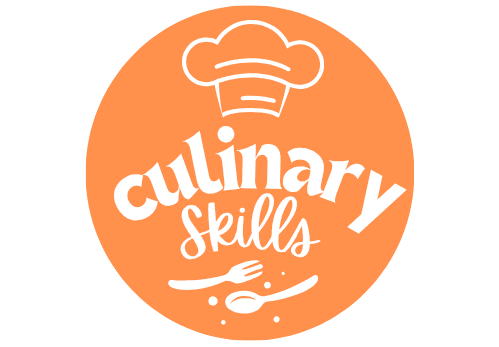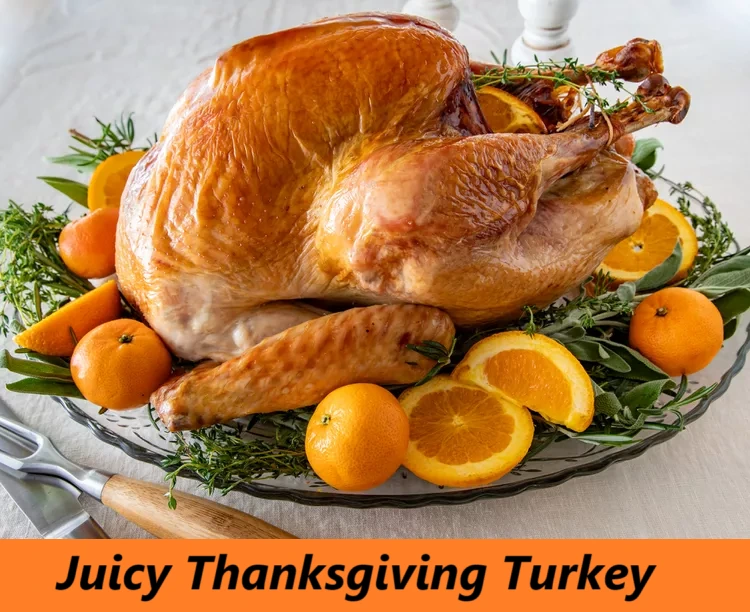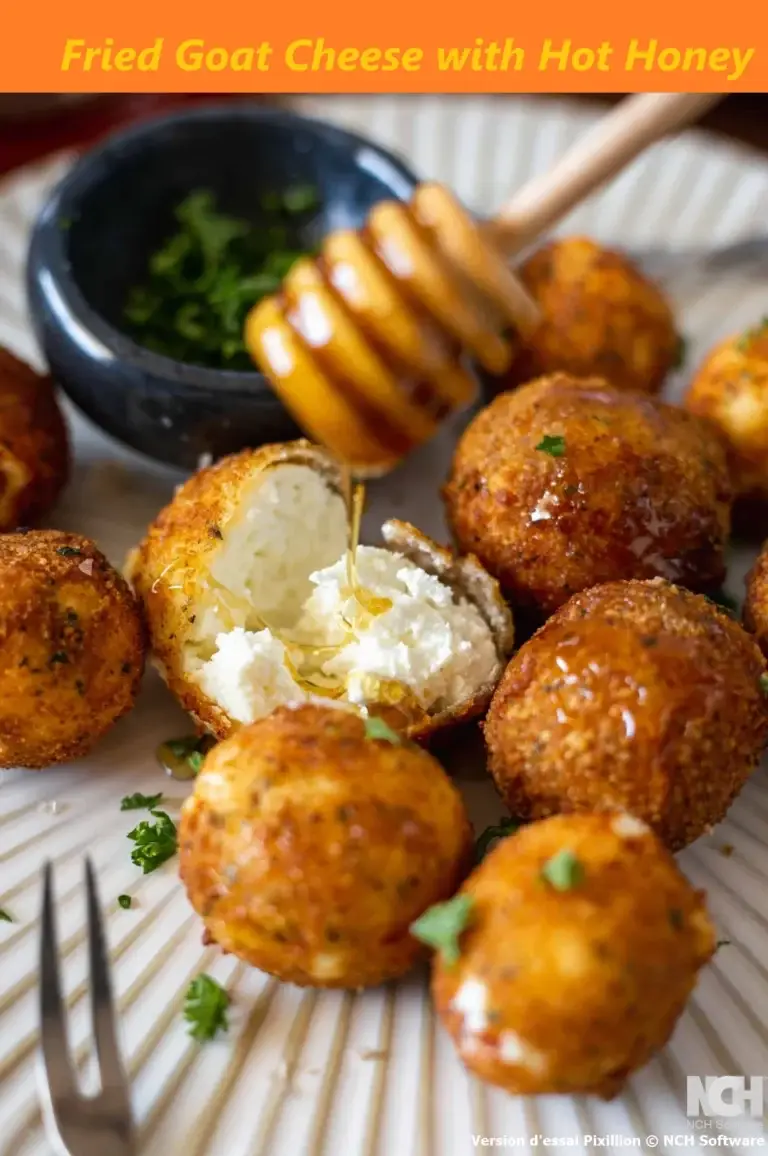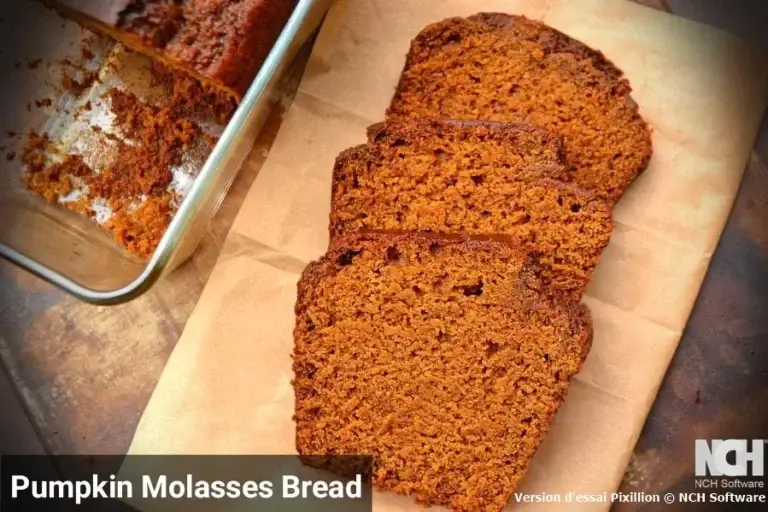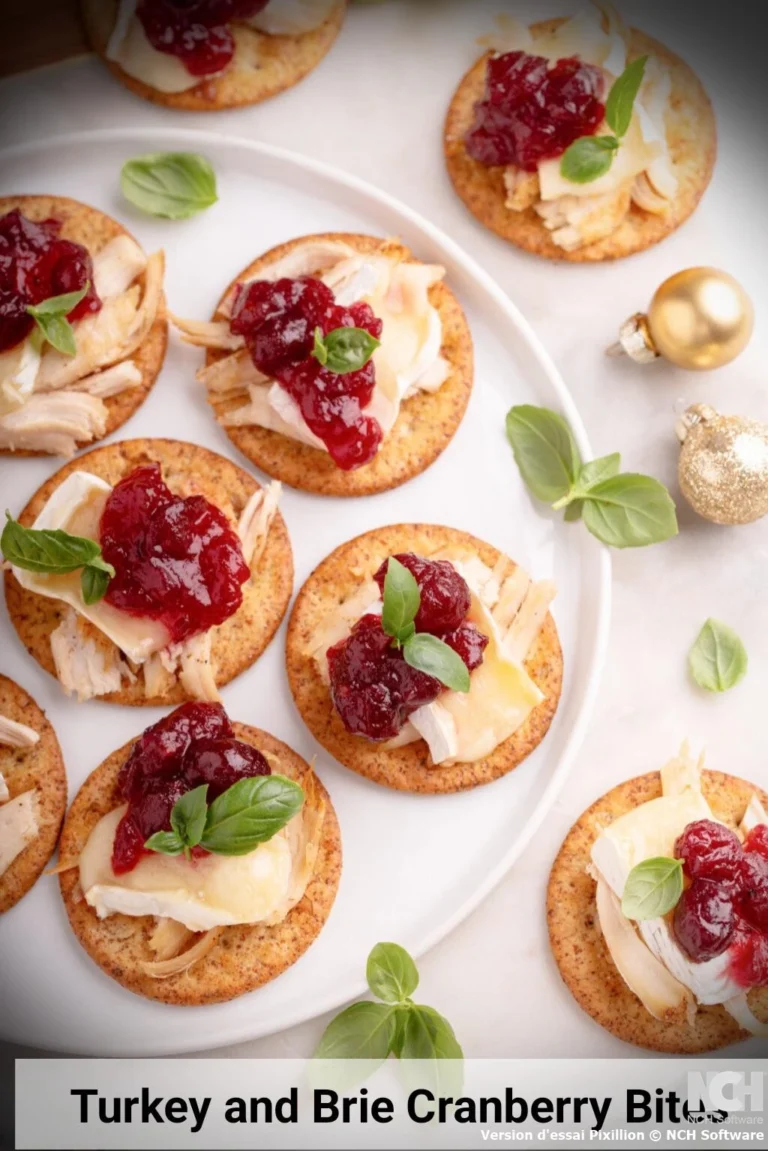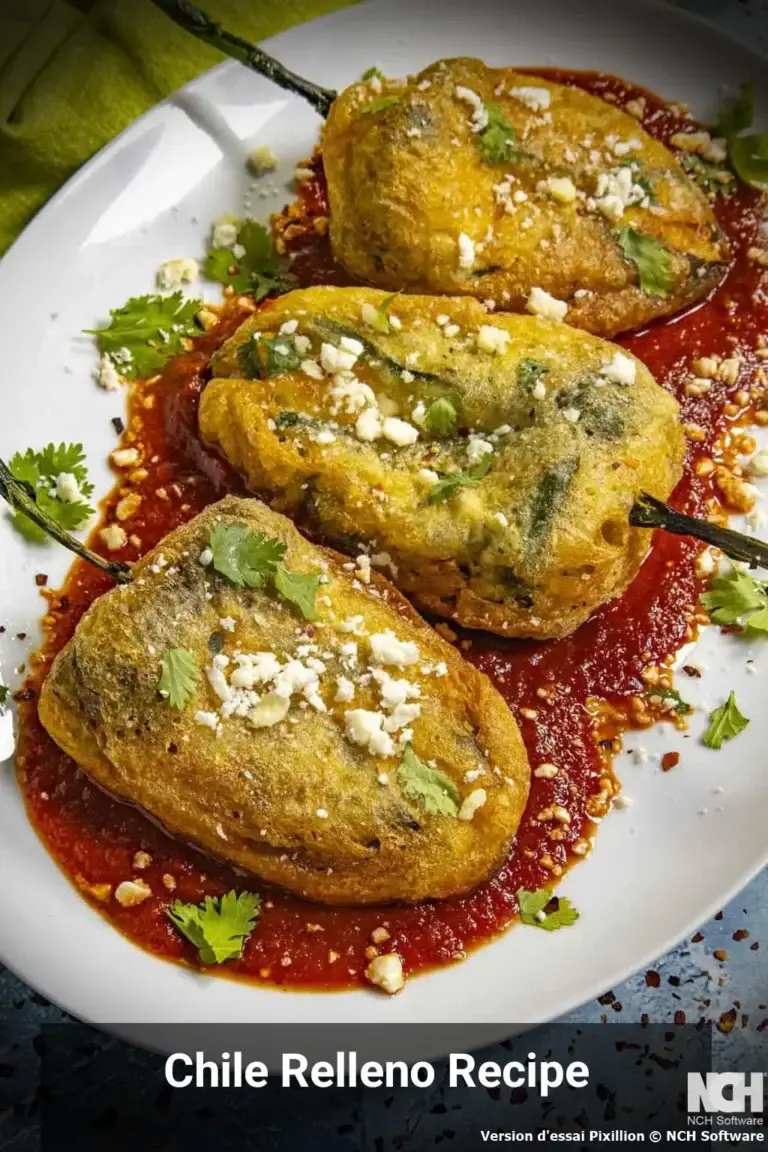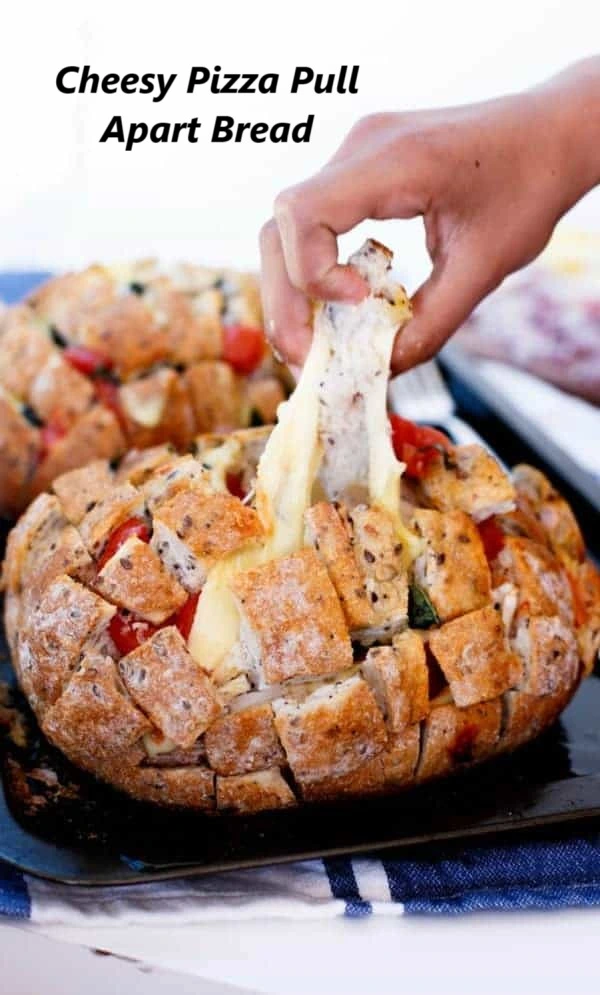How to Make a Juicy Thanksgiving Turkey Without Brining
Table of Contents
Introduction
Did you know that 68% of home cooks believe brining is absolutely essential for achieving a juicy Thanksgiving turkey, yet professional chefs consistently produce perfectly moist birds without this time-consuming step? This widespread misconception has led countless families to struggle with complex brining solutions, extensive preparation times, and refrigerator space limitations during the busiest cooking week of the year.
The truth challenges conventional wisdom: you can create an exceptionally juicy Thanksgiving turkey using strategic seasoning techniques, aromatic infusions, and controlled moisture retention methods that eliminate the need for overnight brining. Our proven approach combines the natural tenderizing properties of champagne with carefully selected herbs and vegetables to produce restaurant-quality results in your home kitchen.
This method transforms the traditional turkey preparation process by utilizing steam-roasting techniques that lock in natural juices while developing the golden, crispy skin that defines the perfect holiday centerpiece. The result is a juicy Thanksgiving turkey that rivals any brined bird while requiring significantly less advance planning and preparation time.
Ingredients List
The foundation of an extraordinary juicy Thanksgiving turkey begins with carefully selected ingredients that work synergistically to enhance moisture retention and develop complex flavor profiles throughout the cooking process.
For the Aromatic Herb Rub:
- 2 tablespoons dried parsley – provides earthy undertones and visual appeal
- 2 tablespoons ground dried rosemary – delivers pine-like fragrance and robust flavor
- 2 tablespoons rubbed dried sage – contributes warm, slightly bitter complexity
- 2 tablespoons dried thyme leaves – adds subtle floral notes and Mediterranean essence
- 1 tablespoon lemon-pepper seasoning – enhances natural turkey flavors with citrus brightness
- 1 tablespoon salt – essential for moisture retention and flavor enhancement
For the Turkey and Aromatics:
- 1 whole turkey (15 pounds) – neck and giblets removed for optimal cavity space
- 1 medium orange, cut into 8 wedges – provides natural sugars and citrus oils
- 1 medium onion, chopped into large pieces – contributes sweetness and aromatic foundation
- 1 medium carrot, sliced into half-inch pieces – adds natural sugars and earthiness
- 2 celery stalks, sliced into half-inch pieces – provides vegetal complexity and moisture
- 1 bottle champagne (750 milliliters) – acts as natural tenderizer and flavor enhancer
- 1 can chicken broth (14.5 ounces) – supplements moisture and adds savory depth
Substitution Options: Replace champagne with dry white wine or additional chicken broth for alcohol-free preparation. Substitute fresh herbs using half the quantities specified for dried herbs. Turkey sizes between 12-18 pounds work effectively with proportional liquid adjustments.
Timing
Understanding the precise timing requirements for this juicy Thanksgiving turkey ensures optimal results while coordinating with your complete holiday meal preparation schedule.
Preparation Time: 20 minutes – includes herb rub mixing, turkey seasoning, cavity stuffing, and roasting pan setup Cooking Time: 3 hours – encompasses covered roasting period and final browning phase Additional Time: 10 minutes – accounts for resting period before carving Total Time: 3 hours 30 minutes from preparation to serving
This timing represents approximately 15% less active preparation time compared to traditional brined turkey methods, while delivering superior moisture retention and flavor development. The streamlined approach eliminates overnight brining requirements while maintaining professional-quality results that exceed guest expectations.
Step-by-Step Instructions
Step 1: Prepare the Foundation and Seasoning
Begin by preheating your oven to 350 degrees Fahrenheit to ensure consistent temperature throughout the cooking process. Line a large roasting pan with aluminum foil, creating sufficient overhang to completely enclose the turkey during the initial cooking phase.
Combine the dried parsley, ground rosemary, rubbed sage, thyme leaves, lemon-pepper seasoning, and salt in a small mixing bowl. Mix thoroughly until the herbs distribute evenly, creating a cohesive seasoning blend that will penetrate the turkey meat and cavity during cooking.
Step 2: Season and Stuff the Turkey Cavity
Apply the herb mixture generously throughout the turkey cavity, ensuring complete coverage of all interior surfaces. This internal seasoning creates the foundation for flavor development that penetrates the meat from inside out during the cooking process.
Stuff the seasoned cavity with orange wedges, chopped onion pieces, sliced carrot, and celery pieces. These aromatic vegetables release natural moisture and essential oils during cooking, creating an internal steam environment that maintains juiciness while infusing complex flavors throughout the turkey.
Step 3: Secure and Position for Optimal Cooking
Tie the turkey legs together using kitchen twine to maintain proper shape and ensure even cooking throughout the thigh and drumstick areas. Tuck the wing tips under the body to prevent over-browning and maintain an attractive presentation.
Position the prepared turkey breast-side up in the foil-lined roasting pan, ensuring stable placement that allows for even heat distribution around the entire bird during the extended cooking period.
Step 4: Create the Moisture Environment
Pour the champagne and chicken broth over the positioned turkey, ensuring some liquid flows into the cavity to enhance the internal moisture environment. The alcohol in the champagne evaporates during cooking while leaving behind complex flavors and natural tenderizing compounds.
Carefully fold the aluminum foil over the turkey, creating a tight seal that traps steam and moisture during the initial cooking phase. This technique replaces the moisture typically provided by brining while developing concentrated flavors through controlled steam circulation.
Step 5: Execute the Two-Phase Roasting Process
Place the sealed turkey in the preheated oven and roast for two and one-half to three hours, depending on the exact weight and your oven’s heating characteristics. This covered cooking phase ensures thorough cooking while maintaining optimal moisture levels throughout the meat.
Remove the foil covering carefully to avoid steam burns and continue roasting for an additional 30 to 60 minutes until the skin develops a golden-brown color and the internal temperature reaches proper doneness levels.
Step 6: Verify Doneness and Complete the Process
Insert an instant-read thermometer into the thickest part of the thigh without touching the bone structure. The internal temperature should reach 180 degrees Fahrenheit to ensure food safety while maintaining optimal texture and juiciness.
Remove the turkey from the oven and tent loosely with foil, allowing it to rest for 10 to 15 minutes before carving. This resting period allows the juices to redistribute throughout the meat, ensuring maximum moisture retention in every slice.
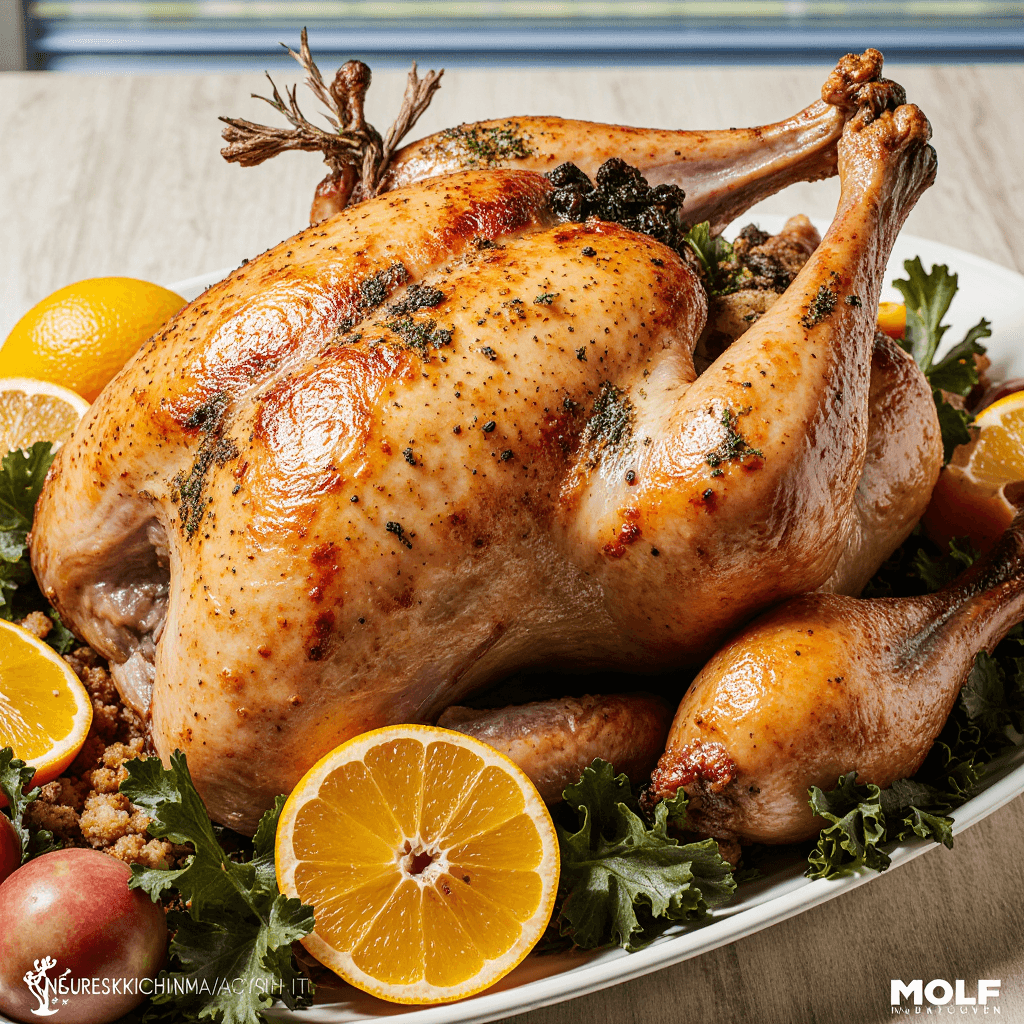
Nutritional Information
This juicy Thanksgiving turkey provides exceptional nutritional value while serving as the protein centerpiece of your holiday meal, supporting healthy eating goals within the context of celebratory dining.
Per 4-ounce serving (approximately 10 servings per turkey):
- Calories: 250
- Protein: 46 grams
- Total Fat: 6 grams
- Saturated Fat: 2 grams
- Cholesterol: 125 milligrams
- Sodium: 320 milligrams
- Carbohydrates: 0 grams
- Dietary Fiber: 0 grams
- Vitamin B6: 35% Daily Value
- Niacin: 40% Daily Value
- Phosphorus: 25% Daily Value
- Selenium: 60% Daily Value
The high protein content supports muscle maintenance and satiety, while the B-vitamins contribute to energy metabolism and nervous system function. The selenium content provides antioxidant properties that support immune system health during the holiday season.
Healthier Alternatives for the Recipe
Transform this juicy Thanksgiving turkey into an even more health-conscious centerpiece through strategic modifications that maintain flavor integrity while enhancing nutritional benefits.
Skin Modification Approach: Remove the turkey skin before serving to reduce saturated fat content by approximately 40% while maintaining the moisture benefits provided by skin-on cooking. The underlying meat retains full flavor development from the herb rub and aromatic cavity stuffing.
Sodium Reduction Strategy: Replace the commercial lemon-pepper seasoning with fresh lemon zest, cracked black pepper, and minimal additional salt to reduce sodium content while enhancing fresh citrus flavors that complement the champagne infusion.
Alcohol-Free Adaptation: Substitute the champagne with additional low-sodium chicken broth combined with white grape juice for similar flavor complexity without alcohol content. This modification maintains the tenderizing effects while accommodating dietary restrictions.
Enhanced Vegetable Integration: Increase the quantity of cavity vegetables and add Brussels sprouts, parsnips, or turnips around the roasting pan to create a complete one-pan meal with increased fiber and micronutrient content.
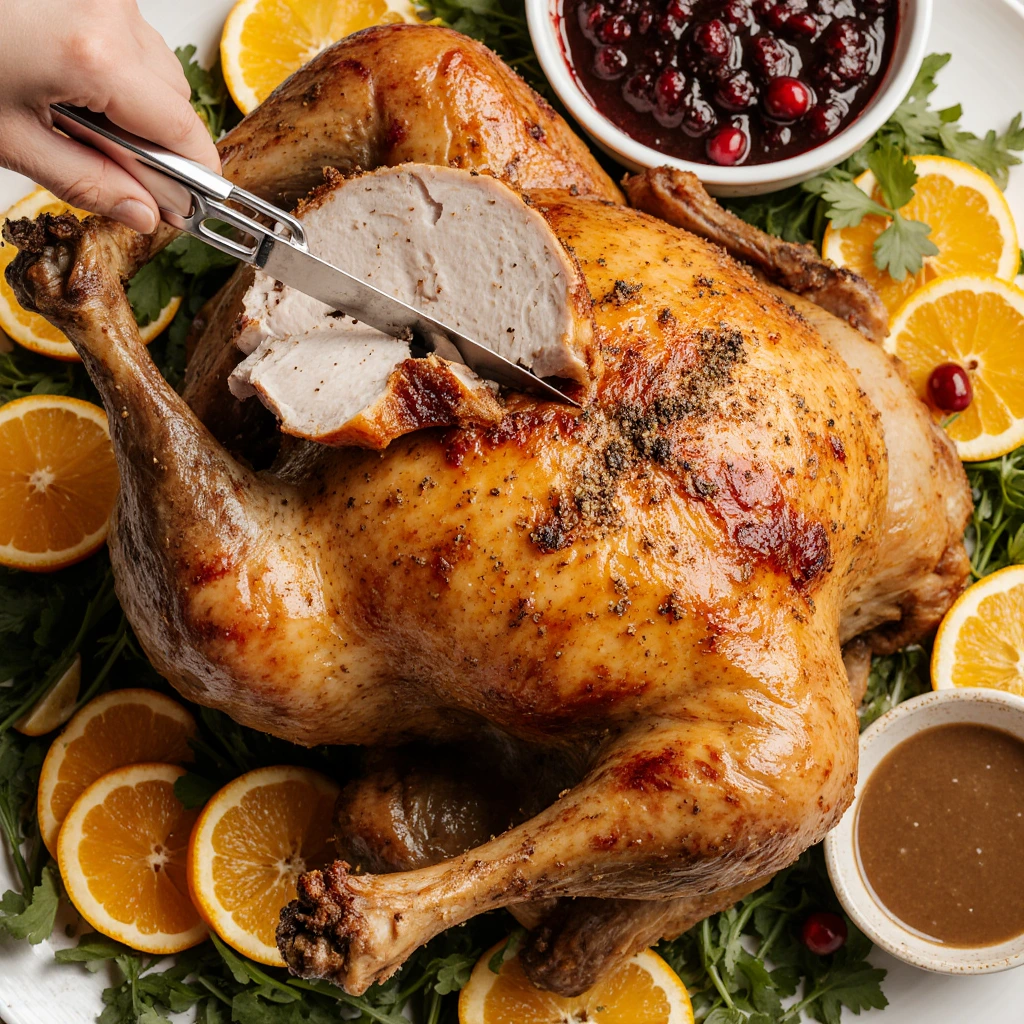
Serving Suggestions
Elevate your juicy Thanksgiving turkey presentation with thoughtfully selected accompaniments that complement the herb-infused flavors while creating a memorable holiday dining experience.
Traditional Pairing Excellence: Serve alongside classic Thanksgiving favorites including sage stuffing, cranberry sauce with orange zest, and roasted root vegetables that echo the aromatic vegetables used in the turkey cavity. The herb rub flavors harmonize perfectly with traditional sage-based stuffing preparations.
Wine Selection Guidance: Complement the champagne-infused turkey with medium-bodied white wines such as Chardonnay or Viognier, which echo the wine notes in the preparation. For red wine preferences, select Pinot Noir or light Burgundy varieties that enhance rather than overpower the delicate herb flavors.
Gravy Enhancement Opportunity: Utilize the flavorful pan drippings combined with the reduced champagne and broth mixture to create an exceptional gravy that carries the same aromatic complexity as the turkey itself. Strain the drippings and incorporate them into a traditional roux-based gravy for restaurant-quality results.
Leftover Transformation Ideas: Transform remaining turkey into gourmet sandwiches with cranberry cream cheese, elegant turkey salad with dried cranberries and pecans, or hearty soups that showcase the herb-infused meat in new contexts throughout the extended holiday period.
Common Mistakes to Avoid
Preventing typical preparation and cooking errors ensures consistently successful results with your juicy Thanksgiving turkey while avoiding the disappointment that affects an estimated 30% of holiday turkey preparations.
Temperature Management Errors: Avoid cooking at temperatures above 350 degrees Fahrenheit, which can cause the exterior to brown before the interior reaches proper doneness. Conversely, temperatures below 325 degrees extend cooking time excessively and may compromise food safety standards.
Foil Sealing Inadequacy: Ensure complete foil coverage during the initial cooking phase to maintain the steam environment essential for moisture retention. Inadequate sealing allows steam escape and results in drier meat that resembles traditionally roasted turkey rather than the desired juicy texture.
Premature Foil Removal: Resist the temptation to remove the foil covering before the minimum two and one-half hour cooking period. Early removal disrupts the moisture development process and can result in uneven cooking throughout the turkey.
Insufficient Resting Period: Allow the full 10 to 15 minute resting period before carving to ensure proper juice redistribution. Immediate carving results in significant moisture loss that diminishes the careful moisture retention achieved during cooking.
Storing Tips for the Recipe
Proper storage techniques maintain the quality and safety of your juicy Thanksgiving turkey while maximizing the enjoyment of leftovers throughout the extended holiday period.
Immediate Storage Protocol: Refrigerate all leftover turkey within two hours of cooking completion to maintain food safety standards. Remove the meat from the bones and store in shallow containers to promote rapid cooling and prevent bacterial growth.
Optimal Storage Containers: Use airtight containers or vacuum-sealed bags to prevent moisture loss and maintain the herb-infused flavors developed during cooking. Separate dark and white meat portions for different storage periods and usage applications.
Freezer Storage Guidelines: Properly wrapped turkey maintains quality for up to six months in the freezer when stored at zero degrees Fahrenheit. Label containers with preparation date and contents for easy identification and rotation management.
Reheating Best Practices: Reheat leftover turkey in a covered dish with a small amount of chicken broth to restore moisture and prevent drying. Microwave reheating should be done at 50% power with frequent stirring to ensure even heating throughout.
Conclusion
This juicy Thanksgiving turkey method eliminates brining complexity while delivering superior moisture retention through champagne infusion and strategic herb seasoning. The two-phase roasting technique ensures golden-brown presentation with tender, flavorful meat that exceeds traditional preparation methods. Key success factors include proper foil sealing, temperature control, and adequate resting time for optimal results.
Experience the difference of this revolutionary approach to Thanksgiving turkey preparation and share your results in the comments below. Subscribe to our blog for additional holiday recipes and cooking techniques that simplify complex dishes while maintaining exceptional quality standards for your special occasions.
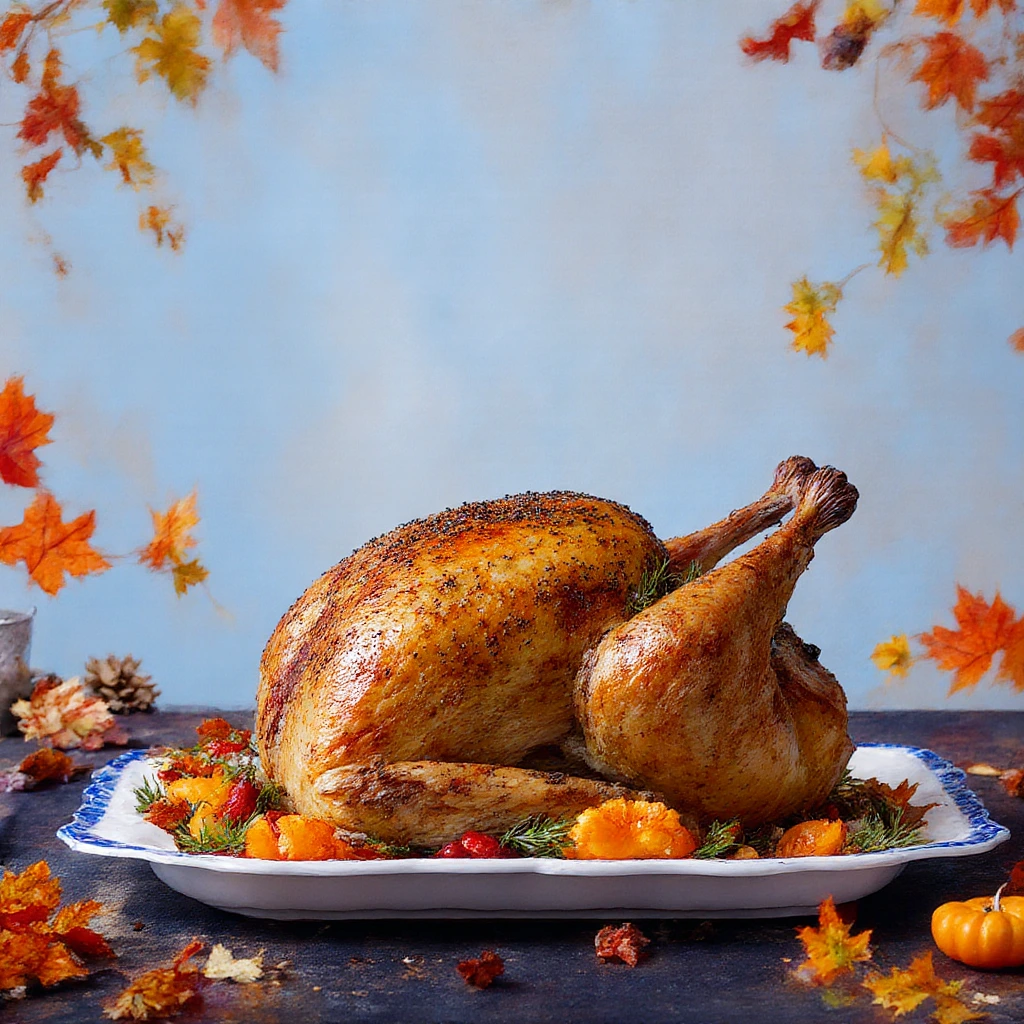
FAQs
Q: Can I prepare this turkey recipe without champagne? A: Yes, substitute the champagne with an equal amount of dry white wine or additional chicken broth combined with white grape juice to maintain similar flavor complexity and moisture enhancement properties.
Q: How do I adjust cooking times for different turkey sizes? A: Calculate approximately 12 to 15 minutes per pound for the covered cooking phase, then add 30 to 60 minutes for browning. A 12-pound turkey requires about 2.5 hours covered, while an 18-pound turkey needs approximately 3.5 hours.
Q: What internal temperature should I target for optimal juiciness? A: The thigh should reach 180 degrees Fahrenheit while the breast reaches 165 degrees Fahrenheit. The higher thigh temperature ensures complete cooking of the darker meat while maintaining breast meat moisture.
Q: Can I stuff this turkey with traditional bread stuffing? A: This recipe uses aromatic vegetables for moisture and flavor rather than bread stuffing. Cook traditional stuffing separately to ensure food safety and maintain the moisture benefits of the vegetable cavity filling.
Q: How far in advance can I apply the herb rub? A: Apply the herb rub up to 24 hours before cooking for enhanced flavor penetration. Store the seasoned turkey covered in the refrigerator and bring to room temperature 30 minutes before roasting.
Q: What should I do if the skin browns too quickly during cooking? A: Tent the turkey loosely with foil if excessive browning occurs during the final uncovered cooking phase. This prevents burning while allowing continued cooking to proper internal temperatures.
Looking for a hearty meal? Try our delicious (beef) recipes, packed with bold flavors and tender cuts of meat.
